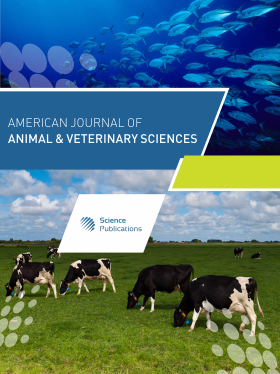Effects of Carcass Weight and Muscle on Texture, Structure, Rheological Properties and Myofibre Characteristics of Roe Deer
- 1 University of Szczecin, Poland
Abstract
Myofibre characteristic, texture, structure and rheological properties of selected muscles (BF, SM and L) of roe deer of different carcass weight were compared. Muscle texture and rheological properties was determined with the TPA and relaxation test, respectively, performed with a Instron 1140 device. Fibre type percentage and structural elements (muscle fibre cross sectional area and perimysium thickness) were measured in muscle samples using a computer image analysis programme. Of the muscles tested, the highest hardness, chewiness, sum of viscous and elastic moduli and the lower tenderness were found in BF which, at the same time, showed the highest fibre cross sectional area and the thickest perimysium. The most delicate histological structure and the lowest percentage of type I fibres as well as the lowest hardness, cohesiveness, chewiness and sum of viscous moduli were found in L. The young roe deer muscles showed lower percentage of I fibre type as well as lower values of textural parameters, while the sum of viscous and elastic moduli were higher than in old roe deer muscles. The muscle fibre cross sectional area and the perimysium thickness of young animal muscles were lower than those in the meat of older roe deer.
DOI: https://doi.org/10.3844/ajavsp.2007.114.120

- 5,640 Views
- 4,855 Downloads
- 33 Citations
Download
Keywords
- Venison
- histology
- muscle fibre types
- mechanical properties of meat
